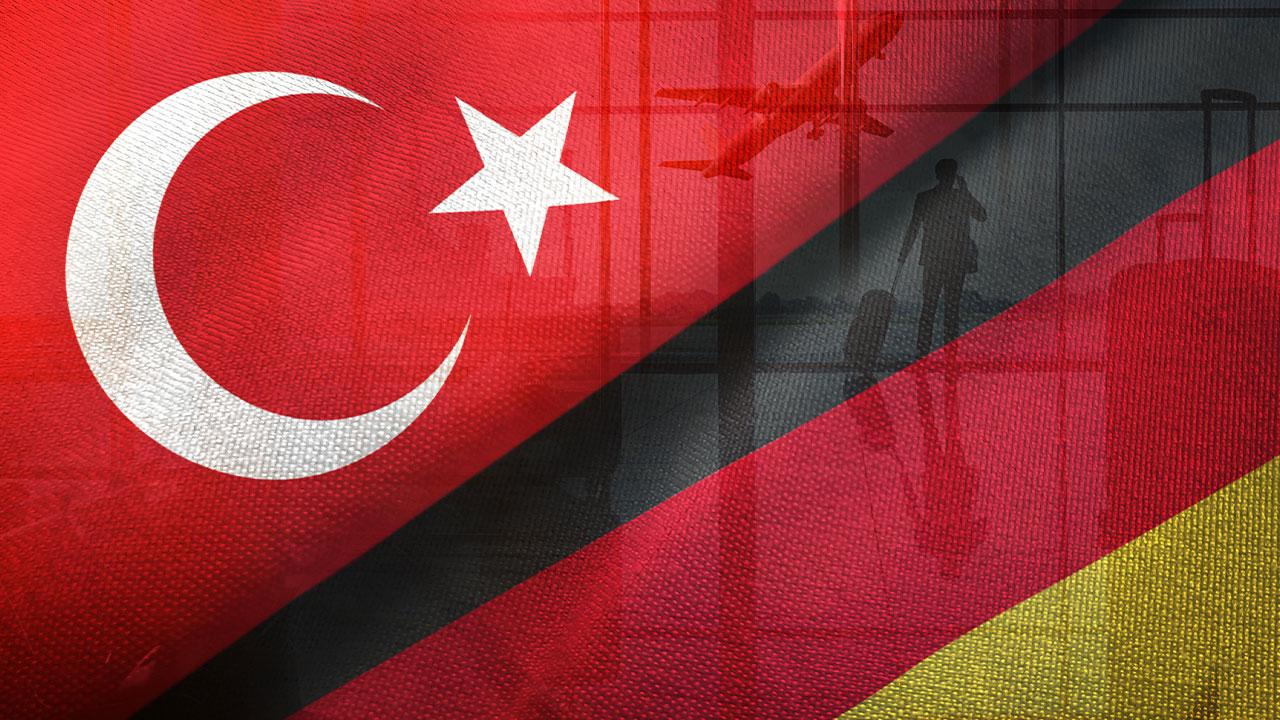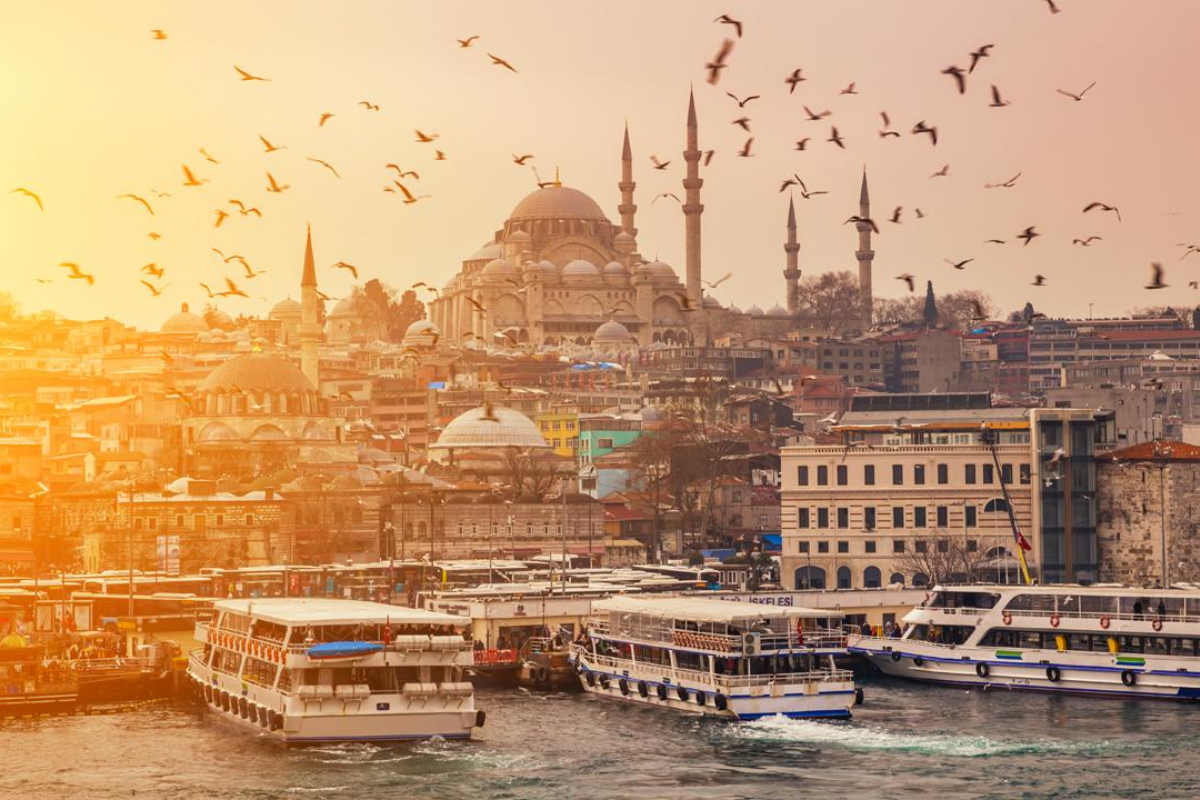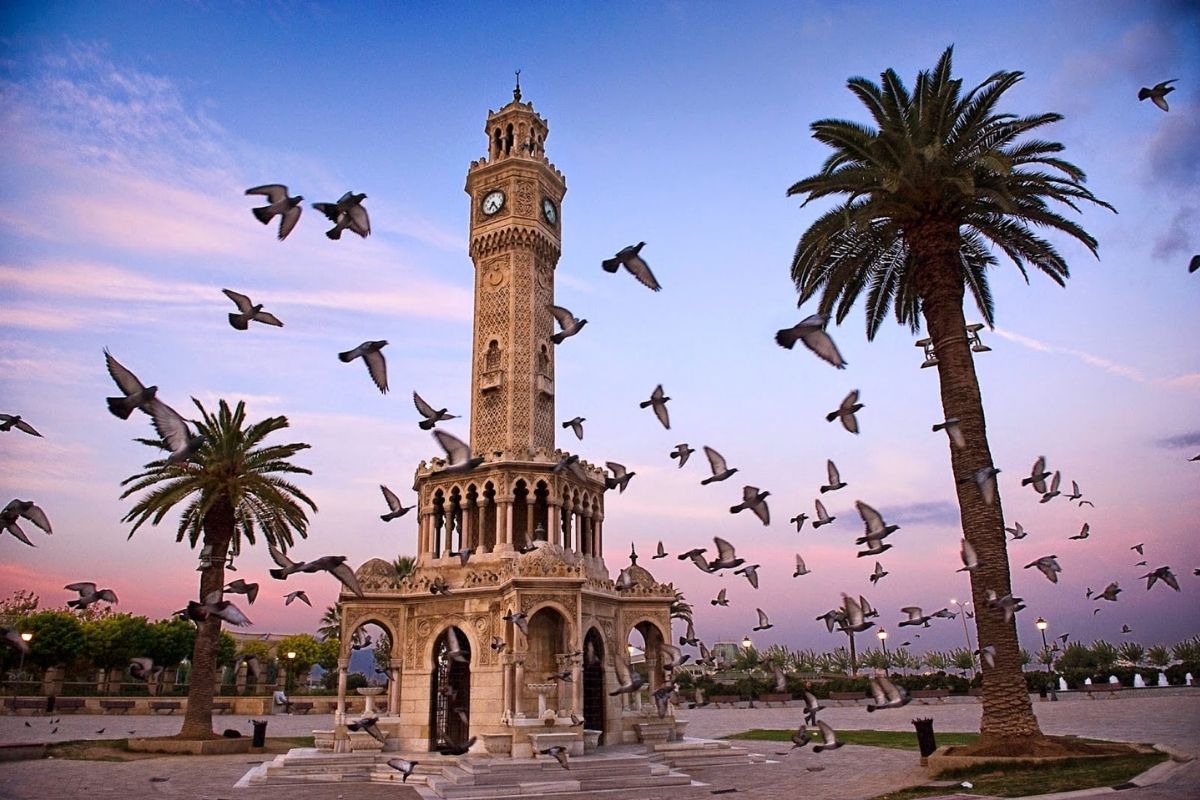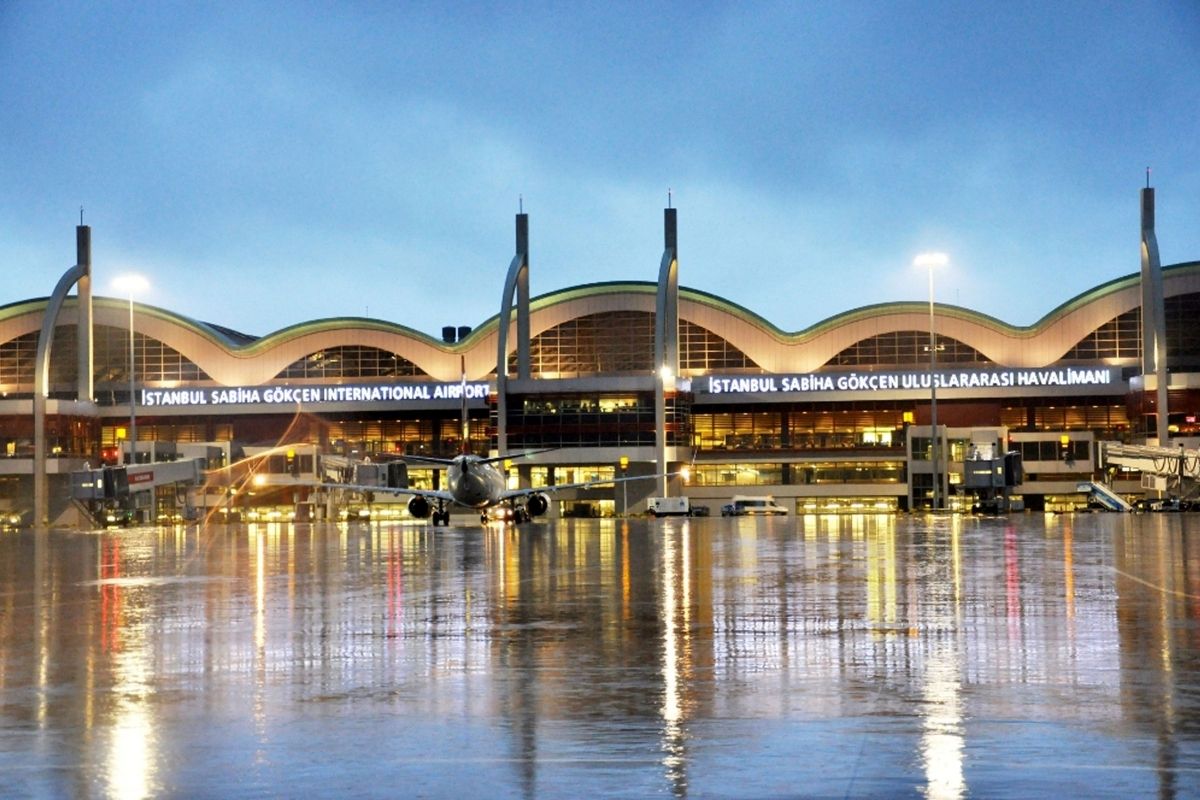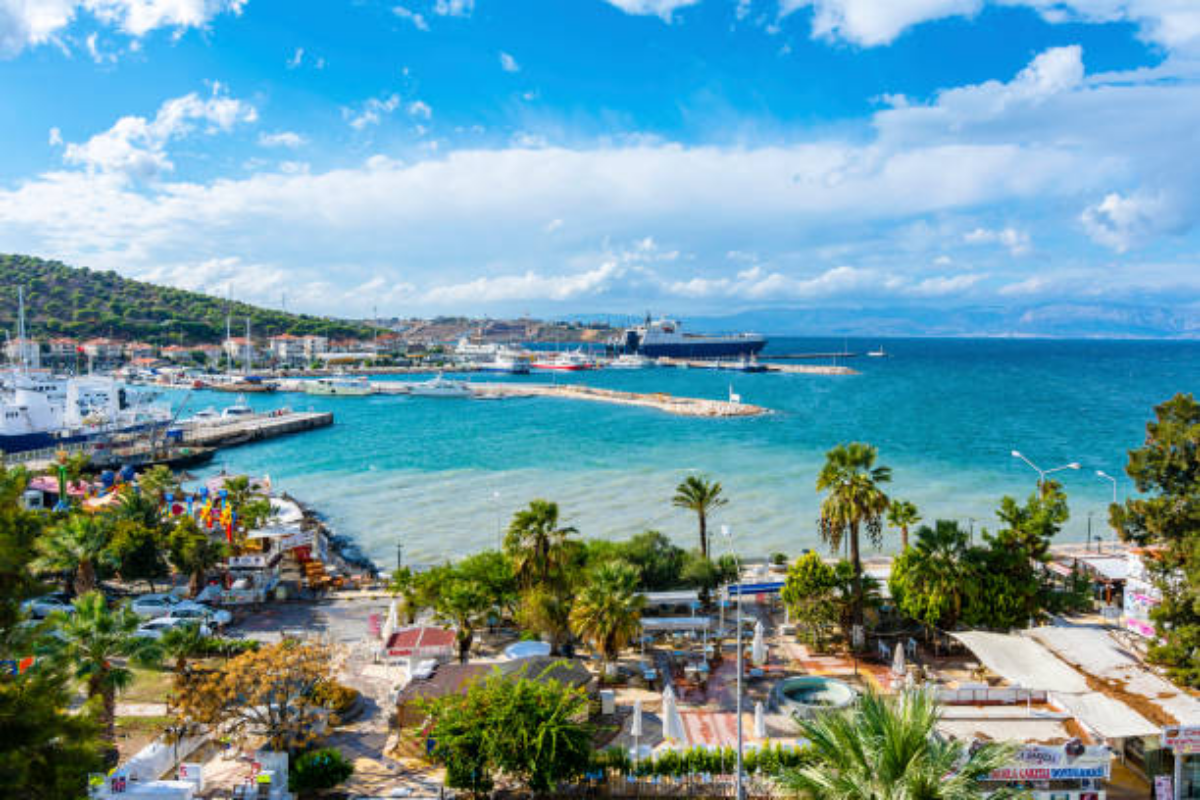Gods and Goddesses of Anatolia: The Face of Greek Mythology in Turkey
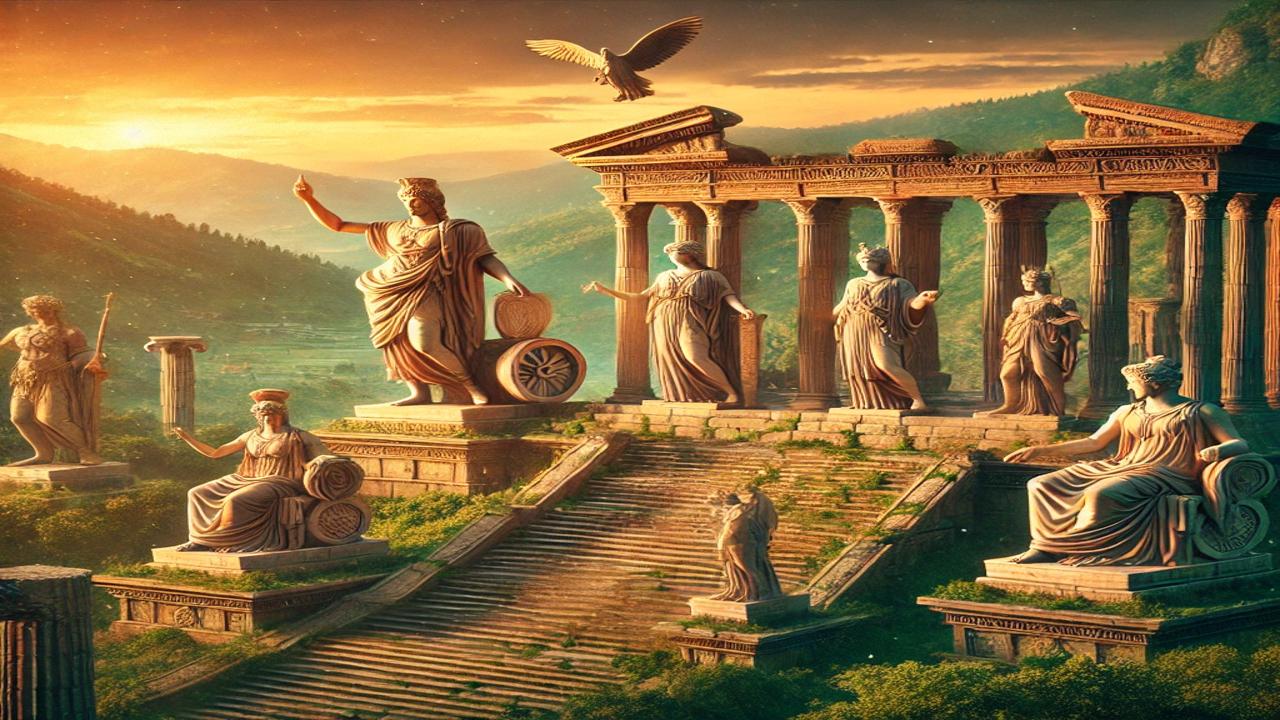
The Place and Influence of Gods in Anatolia
The gods and goddesses of Greek mythology were not limited to Greece but also became significant figures worshipped in different regions of Anatolia. Temples, sacred sites, and ancient cities in Anatolia reflect the respect and belief in these gods. Notably, cities like Ephesus, İzmir, Pergamon, and Miletus have temples and statues dedicated to Greek gods.
For instance, the Temple of Artemis in Ephesus is considered one of the greatest temples dedicated to a Greek goddess. Artemis, the goddess of hunting, nature, and fertility, was not only a central figure in Greek mythology but also took on a unique identity through the local beliefs of the Anatolian people. Similarly, temples dedicated to Zeus were built across Anatolia, with Zeus being associated with power and justice, further emphasizing the widespread devotion to him in these regions.
Goddesses of Anatolia: Local Beliefs and Greek Mythology
In Anatolia, the interaction of Greek goddesses with local beliefs created unique representations of these mythological figures. For example, goddesses such as Cybele and Athena became important figures in Anatolian worship, influenced by Greek mythology but also transformed by local traditions. Cybele, one of the oldest goddesses in Anatolia, is associated with fertility, nature, and motherhood. Her worship, while rooted in Greek mythology, has been blended with local Anatolian beliefs to form a distinct identity. Cybele's worship shares similarities with figures like Demeter and Rhea in Greek mythology, yet it carries a unique Anatolian imprint.
Similarly, Athena, known in Greek mythology as the goddess of wisdom and warfare, was also revered in Anatolia. Athena's influence in the region was particularly significant in relation to military leadership and strategy. The goddess' worship in Anatolia was deeply connected to the protection of cities and the defense of the people, reflecting the value placed on wisdom and tactical prowess.
The Traces of Greek Mythology in Anatolia
The influence of Greek gods and goddesses in Anatolia is not limited to mythological figures but also evident in the archaeological remains found throughout the region. Temples, statues, altars, and sacred sites built during the Hellenistic period provide clear evidence of the deep-rooted presence of Greek mythology in Anatolia. Additionally, festivals and rituals dedicated to Greek gods were held in various parts of Anatolia, offering a glimpse into the daily life and religious practices of the ancient people.
For example, the Temple of Zeus in Pergamon, with its remarkable architecture and symbols representing Zeus’ power, stands as a testament to the profound respect for the god and his influence over the people. The ruins of such temples demonstrate how the people of Anatolia integrated Greek mythology into their local beliefs and practices, creating a rich and diverse cultural tapestry.
Conclusion
Anatolia has long been a land where Greek gods and goddesses were worshipped, and their stories played a significant role in shaping the cultural and religious landscape of the region. The blending of Greek and local beliefs created a rich mythological heritage in Anatolia, one that continues to be uncovered through archaeological sites, temples, and ancient cities. Today, the legacy of these gods and goddesses remains a vital part of Anatolia’s cultural heritage, continuing to shed light on both the past and the present.


